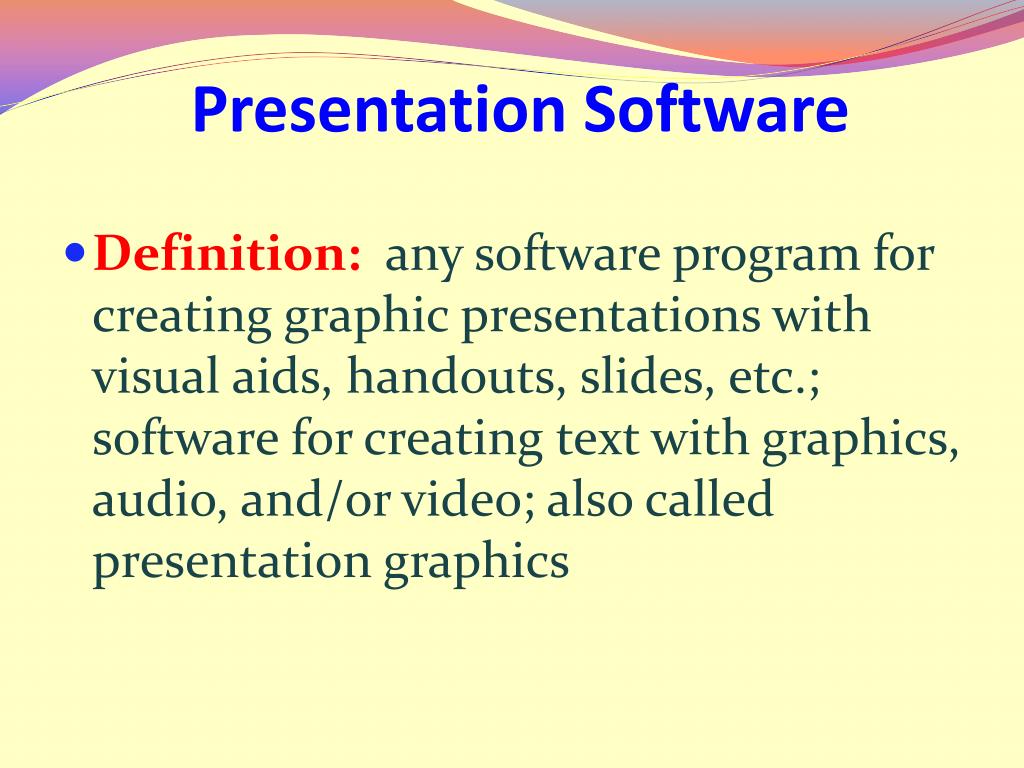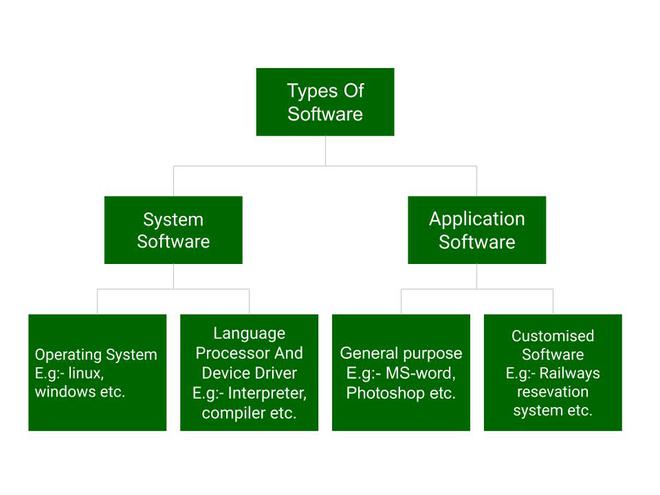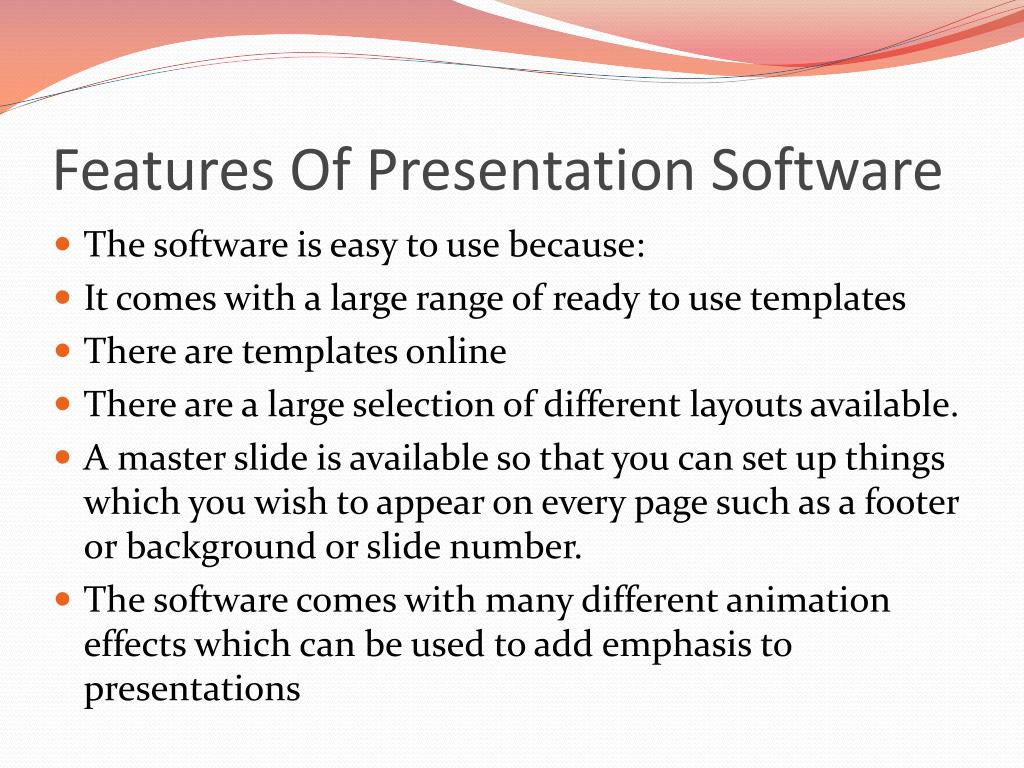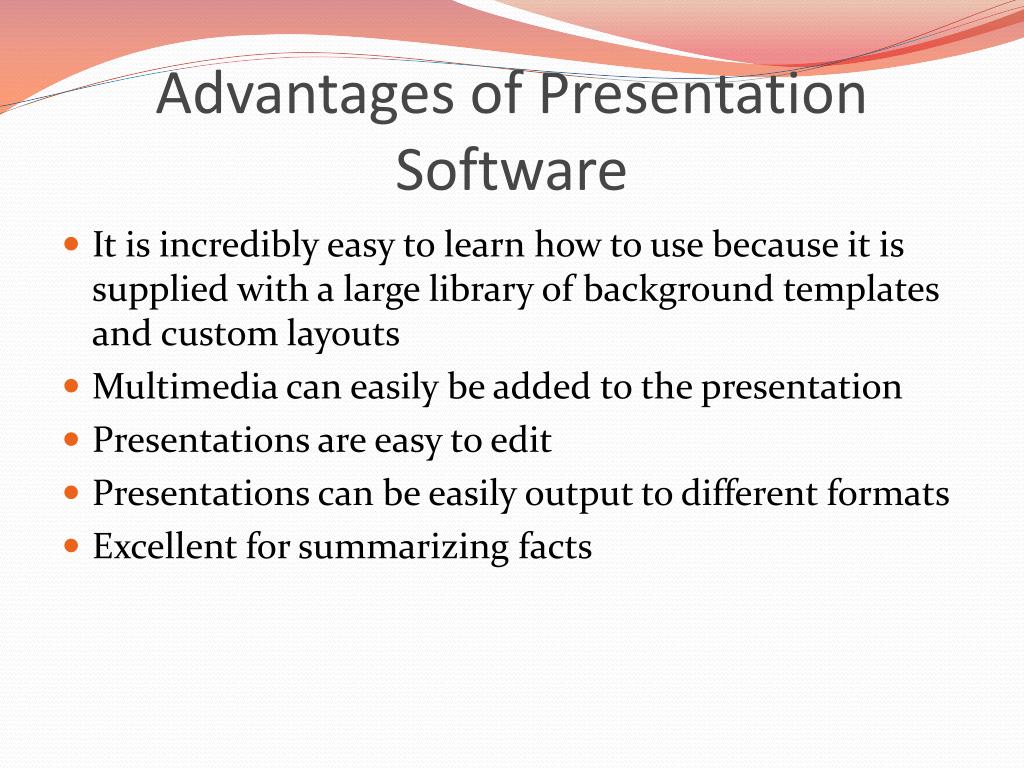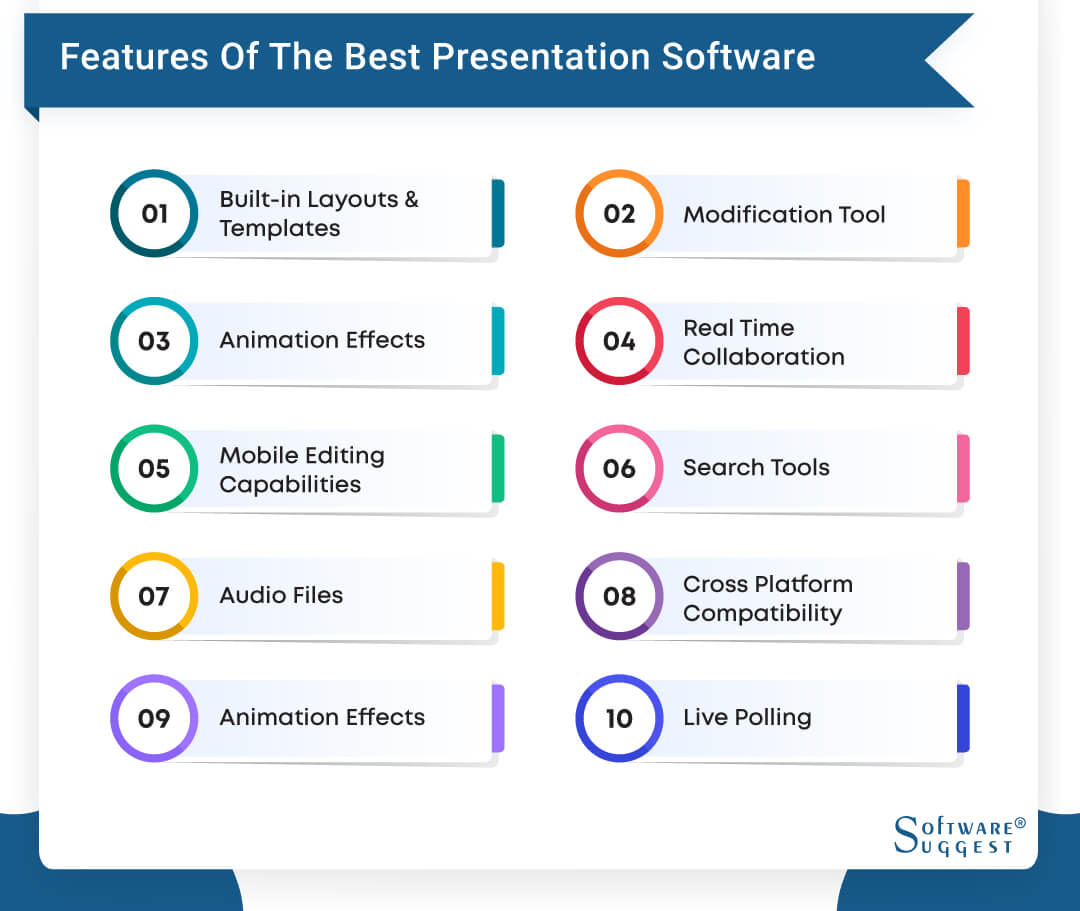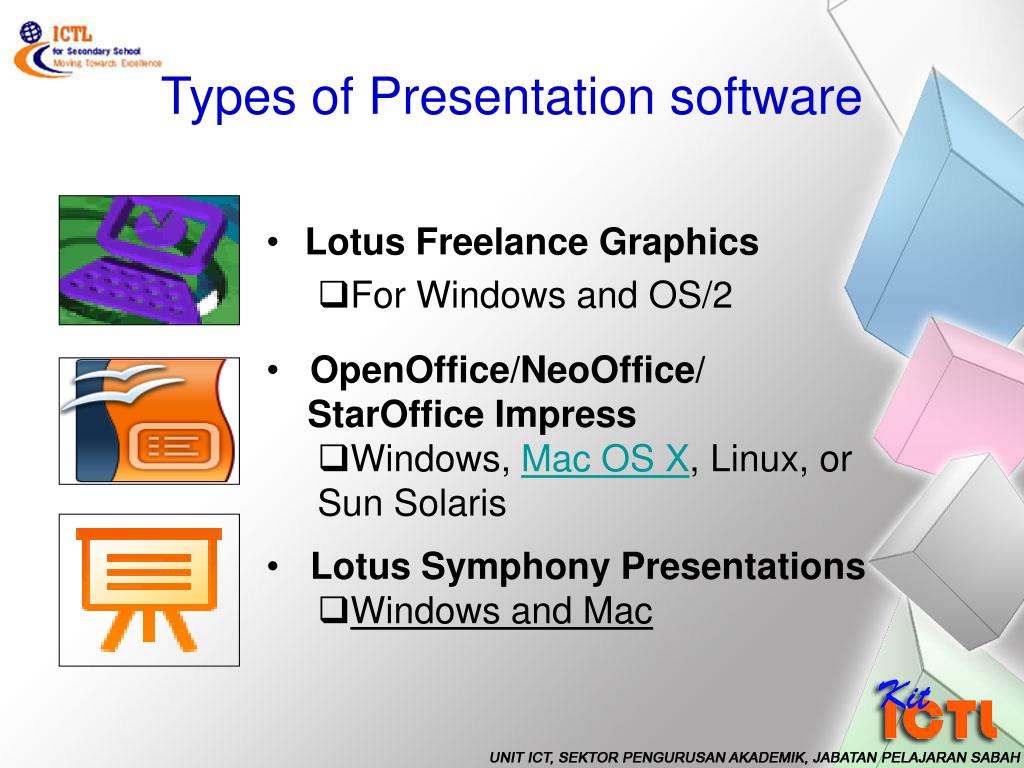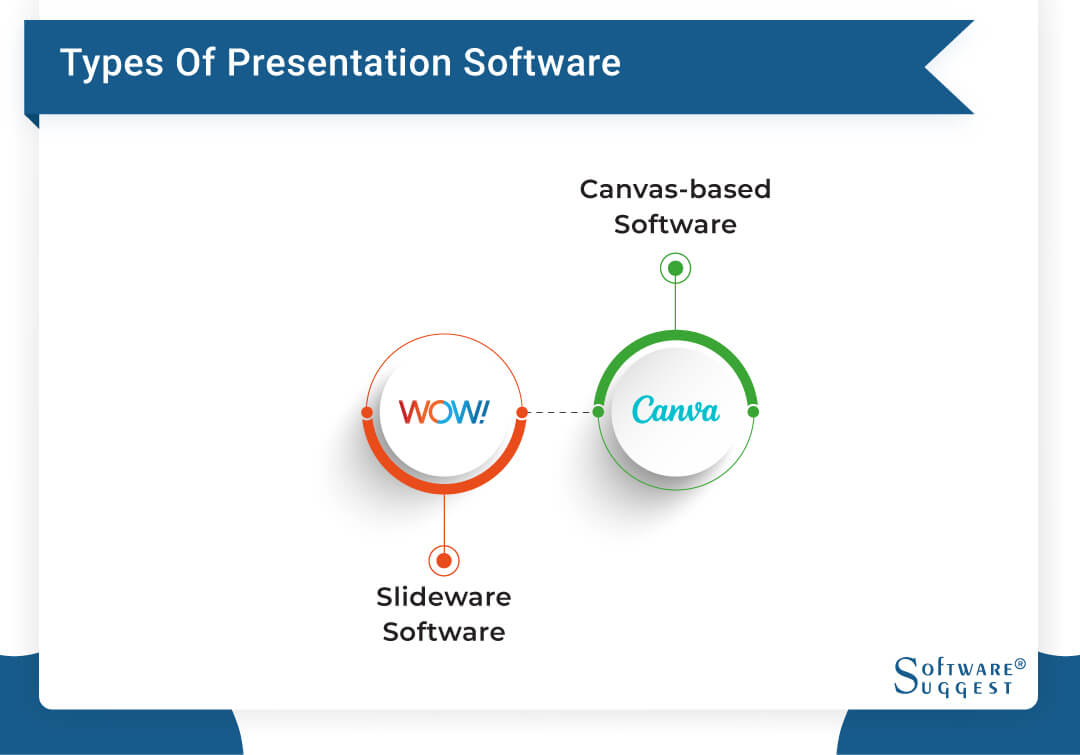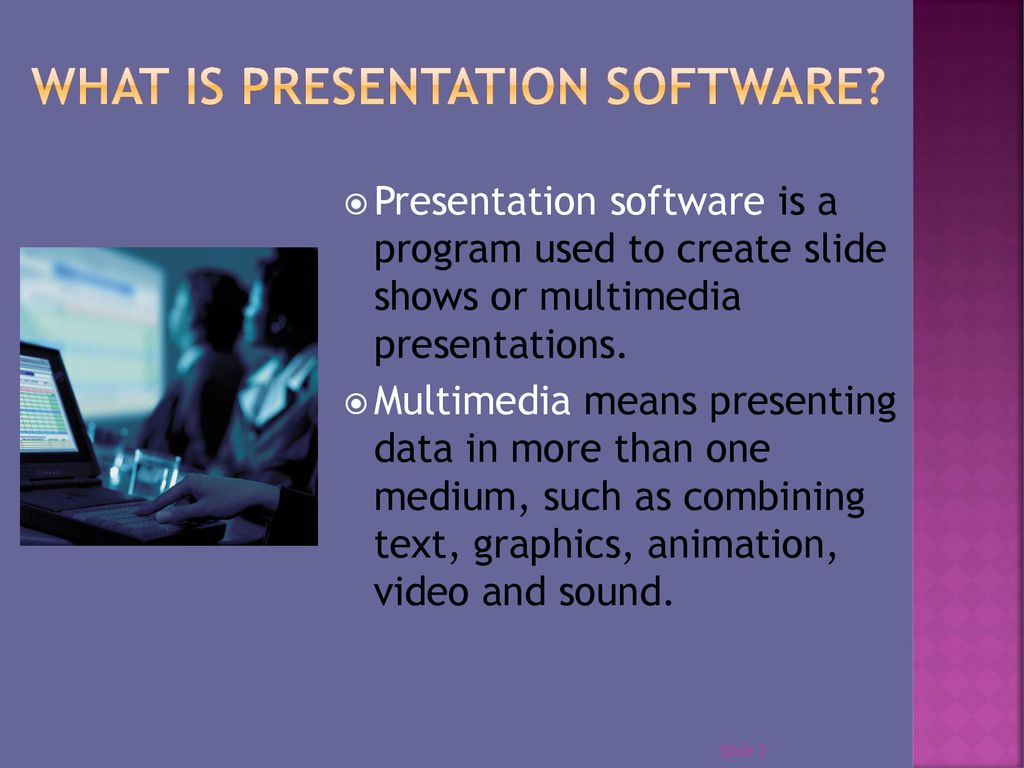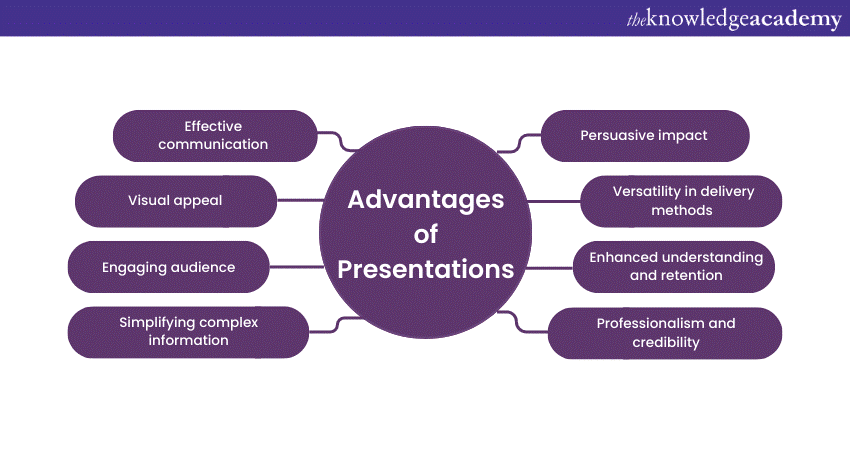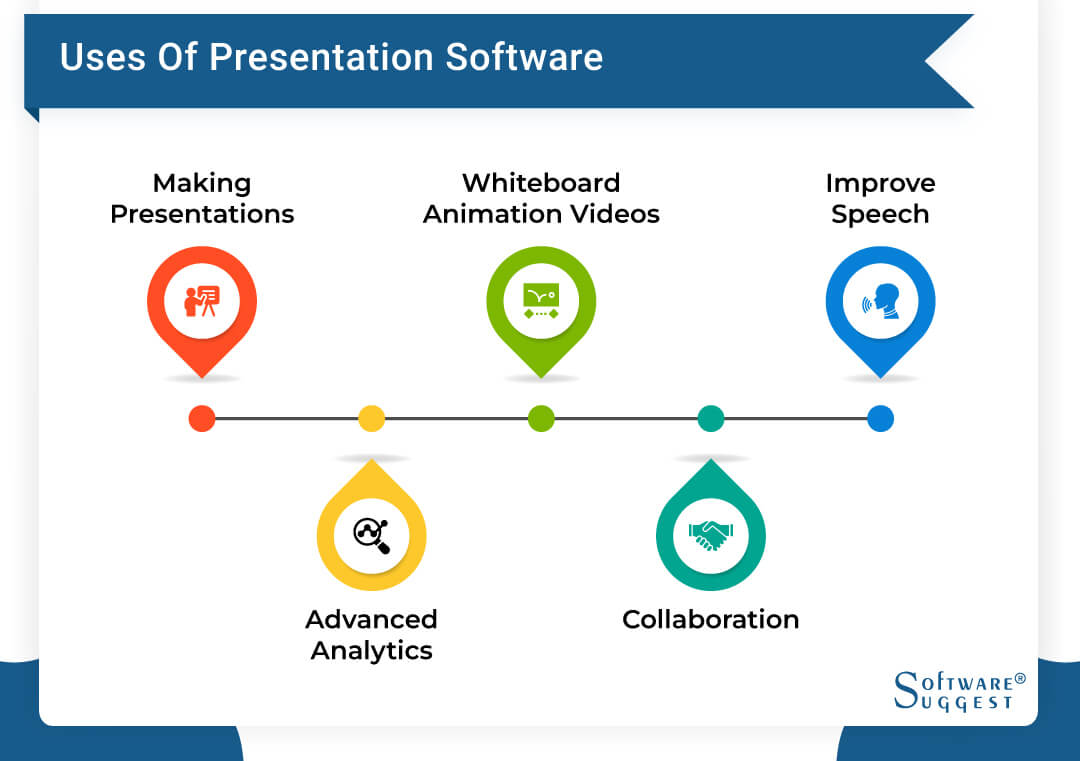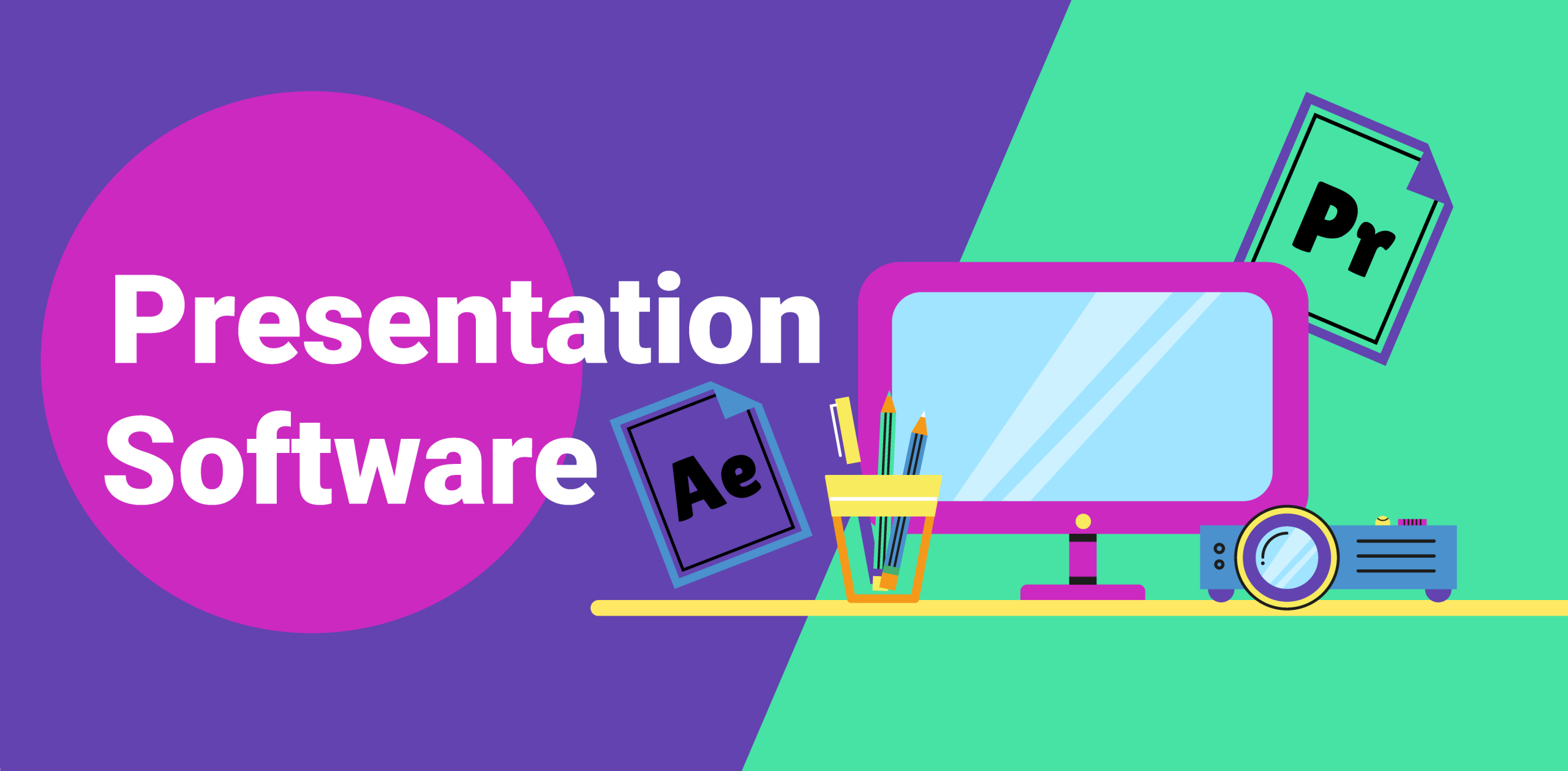Which Of The Following Is Not A Presentation Software Term

In an era dominated by visual communication, the ability to craft compelling presentations is more crucial than ever. From boardroom pitches to educational lectures, presentation software has become an indispensable tool. However, navigating the technical jargon associated with these programs can be a minefield, even for seasoned professionals. Recent confusion surrounding common terminology highlights the need for clarity and a shared understanding of the language used in this critical communication field.
This article delves into the world of presentation software, dissecting its key components and clarifying potentially confusing terminology. Specifically, we will examine which terms are genuinely associated with presentation software and which ones might be mistaken or misapplied. By doing so, we aim to provide a comprehensive guide to the vocabulary of presentations, empowering users to communicate effectively and avoid common pitfalls in their slide deck creations.
Understanding Core Presentation Software Concepts
Presentation software, at its heart, is designed to create visually engaging displays of information. Programs like Microsoft PowerPoint, Google Slides, and Keynote offer a range of features to achieve this goal.
These tools allow users to organize content into slides, incorporating text, images, videos, and animations. The fundamental building blocks include slides, layouts, templates, and themes, each playing a vital role in shaping the final product.
Key Terminology Demystified
A slide represents a single page within the presentation. It’s the canvas upon which all content is arranged.
Layouts dictate the pre-arranged placement of text boxes and other elements on a slide, offering a structure for users to build upon. These are often customizable.
Templates are pre-designed presentations, complete with layouts, themes, and sample content. They provide a quick starting point for users.
A theme encompasses the overall visual style, including colors, fonts, and background designs, creating a consistent aesthetic throughout the presentation.
Animation and transitions are also critical. Animation refers to the movement of elements within a slide, while transitions govern how one slide moves to the next.
Identifying Non-Presentation Software Terms
While many terms are intrinsically linked to presentation software, some are often mistakenly associated with it or are borrowed from other fields. Recognizing these discrepancies is essential for accurate communication.
Consider the term "rasterization". Rasterization is primarily associated with image processing and graphics rendering, concerning the conversion of vector graphics into pixel-based images. While images are often incorporated into presentations, rasterization itself isn't a core feature of presentation software. The software simply displays images that may or may not have undergone rasterization elsewhere.
Similarly, "compilation" is a term heavily used in programming and software development. It refers to the process of transforming source code into executable code. While some advanced presentation software might support scripting or macro functionality, the concept of compilation is not directly relevant to the standard presentation creation process. Instead, scripts, if used, are generally interpreted, not compiled.
"Debugging," the process of identifying and removing errors from code, is another term more at home in software engineering. Though troubleshooting presentation issues is common, the term “debugging” would be an overreach.
Distinguishing Relevant from Irrelevant Terms
The challenge lies in differentiating between features integral to the software and concepts borrowed from other technical domains. Often, the difference depends on the context.
For instance, while rendering is involved in displaying the presentation, the specific techniques of rendering are not controlled by presentation software users. The software handles this automatically.
However, terms such as slide master are highly relevant. The slide master allows users to define the default styles and layouts for all slides in the presentation, ensuring consistency and simplifying the design process.
Similarly, hyperlinks, allowing users to jump to other slides, websites, or documents, are essential features within presentation software, enabling interactivity and expanding the scope of the presentation.
The Impact of Misunderstanding Terminology
Misunderstanding presentation software terminology can have several negative consequences. It can lead to confusion during collaboration, making it difficult for teams to effectively develop and refine presentations.
It can also result in inefficient use of the software, as users might struggle to find and utilize the features they need. Ultimately, this can diminish the quality and impact of the final presentation.
Furthermore, inaccurate use of terminology can erode credibility. A presenter using technical terms incorrectly might appear less knowledgeable or professional, undermining their message.
Looking Ahead: Promoting Clarity and Education
To mitigate these risks, ongoing education and clear communication are vital. Software vendors can play a role by providing comprehensive documentation and tutorials.
Training programs and workshops can also help users develop a solid understanding of presentation software terminology. A shared understanding of the language used will empower individuals to communicate more effectively and create impactful presentations.
As presentation software continues to evolve, remaining current with its terminology and features is critical. By clarifying the language and fostering a common understanding, we can unlock the full potential of these powerful communication tools.
